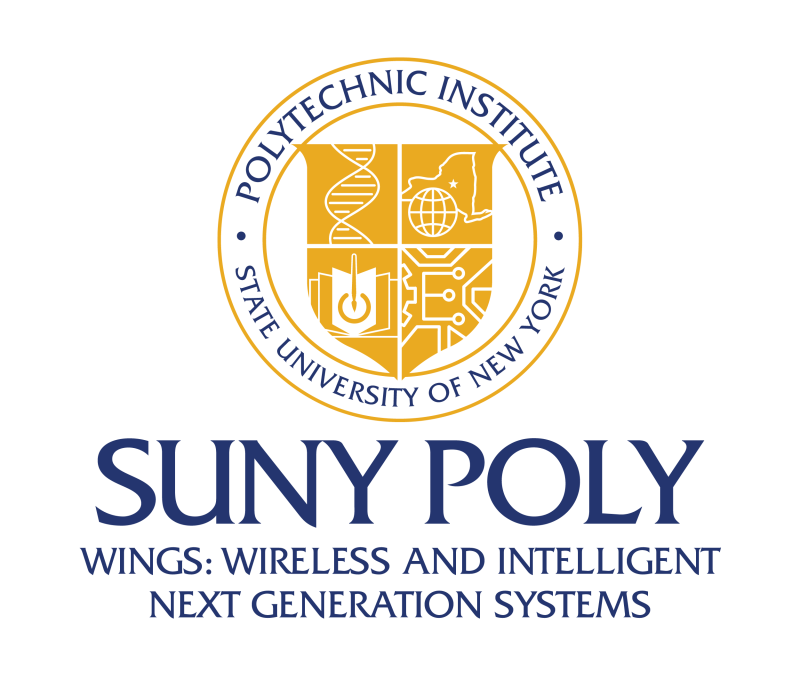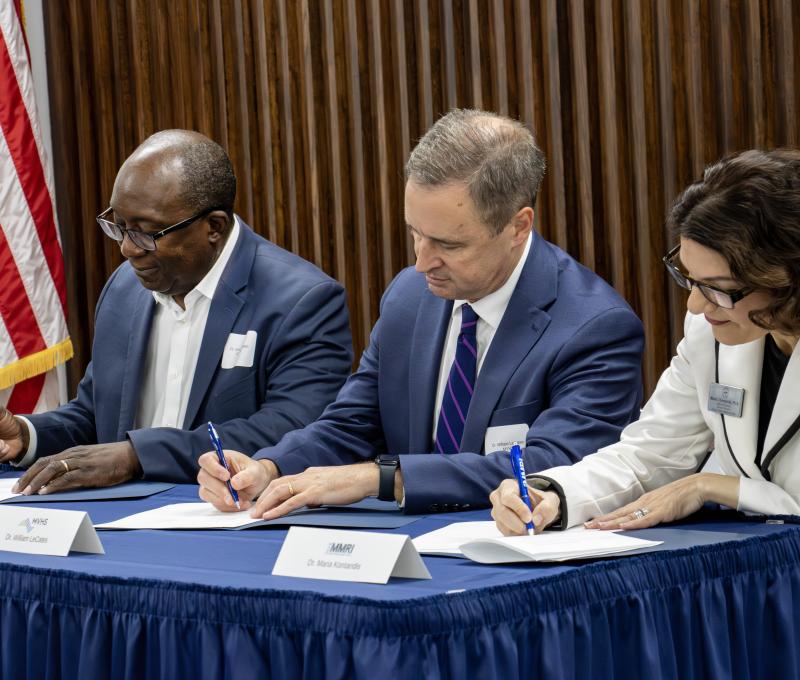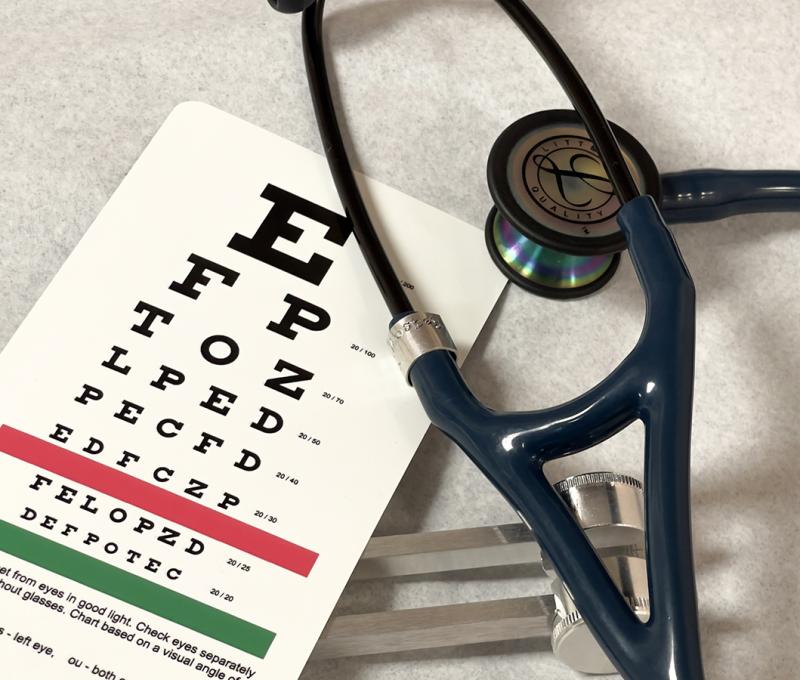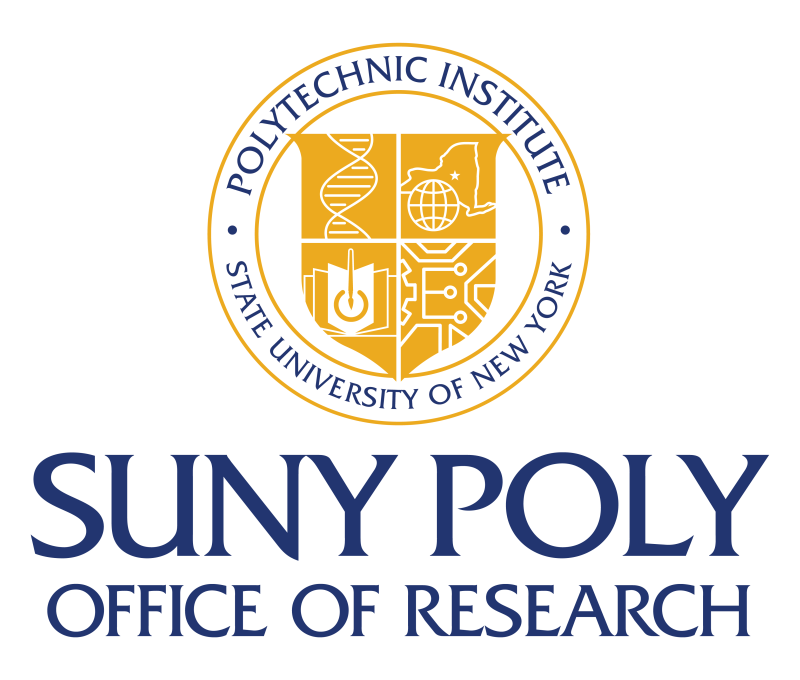Provost Lecture highlights discovery of new blue pigment

Imagine a world without blue - or at least very little blue.
If not for the discoveries of scientists like Dr. Mas Subramanian of Oregon State University, we might all still be living in a world like the Middle Ages, where the color blue was more valuable than gold. During the September Provost’s Lecture Series at SUNYIT, Subramanian, discussed his discovery of a new blue pigment.
“Why is this research so important?” Dr. Subramanian asked the audience. “Because color is so important to our civilization.”
 Blue is not the easiest color to make, which is why in throughout
history, the color has been very costly to obtain and difficult to
create. For centuries, ultramarine blue was made from the gemstone
known as lapis lazuli, found in mines located in what is now
Afghanistan. It was incredibly expensive to import, difficult to
process, requiring the repeated grinding and washing of the material
to separate the blue pigment. It’s no wonder that ultramarine blue
was worth more than its weight in gold, causing painters to reserve
it for only the most important of their works.
Blue is not the easiest color to make, which is why in throughout
history, the color has been very costly to obtain and difficult to
create. For centuries, ultramarine blue was made from the gemstone
known as lapis lazuli, found in mines located in what is now
Afghanistan. It was incredibly expensive to import, difficult to
process, requiring the repeated grinding and washing of the material
to separate the blue pigment. It’s no wonder that ultramarine blue
was worth more than its weight in gold, causing painters to reserve
it for only the most important of their works.
Other methods of processing the blue coloring could be quite dangerous, such as cobalt blue, a cool blue color of the pigments made using cobalt salts and alumina, material that is a possible carcinogen. The dark blue color known as Prussian blue can also prove hazardous, as it can leach cyanide.
Some methods and colors just never proved durable and were apt to fade in the sun and heat or fall apart when exposed to the likes of heat or acid rain. That’s where the discovery by Subramanian and his colleagues is not only remarkable, but very useful, as their pigment is incredibly durable.
Like many of history’s great discoveries, this one came about by accident. Researchers at Oregon State were mixing chemicals and heating them to high temperatures in an attempt to create compounds with novel electronic properties when Subramanian noticed that one of the samples taken out of the furnace by a graduate student was blue.
In the intense heat of 2,000 degrees Fahrenheit, the chemicals used had formed a crystal structure that absorbed red and green wavelengths of light and reflected it as only blue.
“When you do discovery research, you’re always going to find something unexpected,” Subramanian said.
By keeping their eyes open for more than what they were originally looking for, Subramanian says that the researchers involved in the discovery of this new pigment were able to spot what could have been dismissed as an experimental failure and instead see it for the revolutionary find it is.
The Provost's Lecture Series allows SUNYIT faculty to share their research interests and activities with colleagues, the campus community and the general public. The next lecture is October 11, and the series continues the second Friday of every month from November through May 2014.








